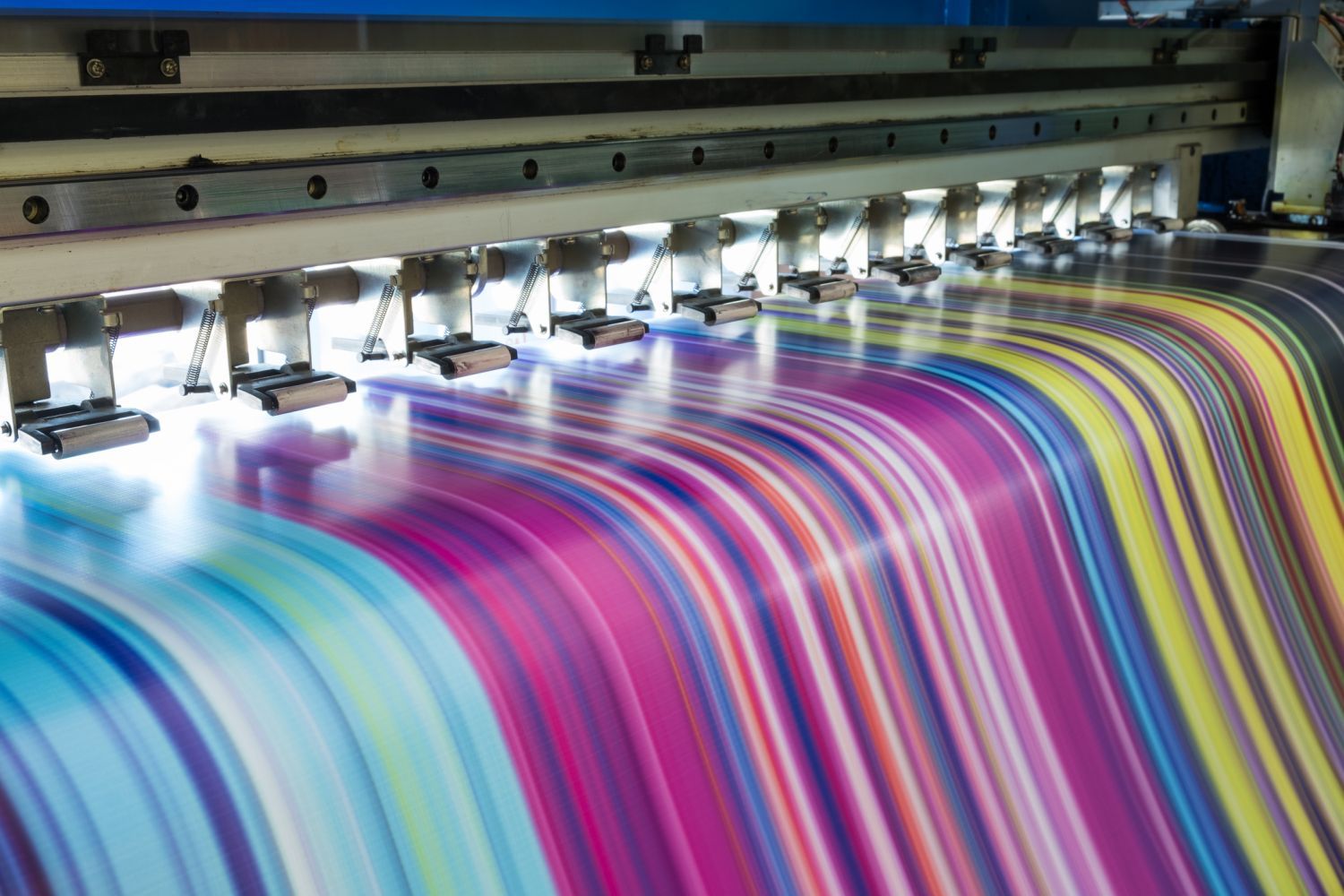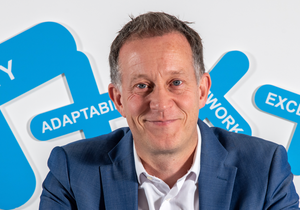If you’re preparing for a job interview in the booklet printing industry but lack experience, don’t fret! This guide will help you prepare by covering the main points you need to know, including paper types, covers, lamination, binding, print file set up, sizing options, trim lines, bleed areas, quiet areas, CMYK and DPI. By proving to interviewers that you understand these key areas, you’re more likely to succeed in your print interview. So without further ado, let’s get into the print basics you need to know. The UK is the fifth largest producer of printed products in the world. With a turnover of £14 billion, a gross value added of £5.5 billion, the print industry employs around 112,000 people in 8,000 companies.
Paper Types
Silk: Silk paper is a coated paper somewhere between a matte and a gloss finish. It has a low sheen with a slightly rough texture and is often used for printing booklets, brochures, magazines and catalogues because it gives images a vibrant look while being easy to read.
Gloss: Gloss paper is coated and has a shiny finish with a slightly grippy texture. It is often used for brochures and magazine covers because it helps colours appear more vibrant.
Recycled paper: Recycled paper is made from waste that has been processed to remove impurities such as ink. It is an eco-friendly alternative to other paper types and is commonly used for printing brochures, booklets, business cards and other printed marketing materials.
Uncoated paper: Uncoated paper has no coating, giving it a more natural and matt finish. It has a slightly rough texture and can be easier to write on than coated paper. It is often used for books, notepads and newspapers.
Paper thickness is measured in GSM (grams per square metre).
Covers
Covers are recommended for booklets, as they keep the inner pages safe from damage. When it comes to selecting a cover, there are a few things to keep in mind:
Paper weight: Paper weight will affect how durable your printed material is. It’s important to note that heavier paper will offer more protection but is more expensive. For example, booklet covers are typically between 170 GSM and 300 GSM.
Paper finish: Covers are available in various finishes, the most popular being gloss and silk.
Lamination
Lamination involves applying a thin layer of plastic onto printed materials to provide additional protection, making documents more moisture and tear-resistant. There are several lamination options to choose from, but matt and gloss are the most common:
Matt lamination: Matt lamination gives the paper a smooth protective coating.
Gloss lamination: Gloss lamination is a protective coating, but it has a glossy shine.
Binding
There are three main types of binding available:
Staple bound: Staple binding is a popular method of binding printed materials such as booklets, magazines and brochures. It is a cost-effective way to create booklets with between 8 to 64 pages, which involves folding a stack of pages in half and stapling them together along the fold.
Perfect bound: Perfect binding is another common method to create sleek printed materials. It involves attaching pages of a booklet or book to a spine using a strong adhesive, making it a particularly durable binding method.
Wiro bound: Wiro binding is used to create booklets, calendars, notebooks and other documents. It is a flexible method that allows the printed material to lay flat when open, meaning it's easy to read and write in.
Print File Setup
Print file setup is a crucial step in the printing process, which involves preparing the file for printing. The digital print file must be set up correctly to avoid errors. There are several elements to consider:
Trim line: The line by which you expect printed materials to be cut by the printing machine.
Bleed area: The area outside the final size of the printed material where images or colours may extend beyond the edge of the paper. The bleed area, which typically extends 3mm outside of the trim lines on every side, ensures there are no margins or white borders around the printed material.
Quiet area: All design elements and content 5mm inside the trim line. Avoid putting important elements into this area, so it doesn’t get chopped off during the printing process.
CMYK: Printers use different colour modes than screens. As a result, it's important to set up files in CMYK colour mode to ensure colours are printed as intended.
DPI: The resolution of images should be set up to a DPI minimum of 300.
In Summary
If you are looking to get into the print industry, it's important to have a basic understanding of paper types, covers, lamination, binding and print file setup options. By learning these key printing steps, you’ll be better prepared for your interview!






